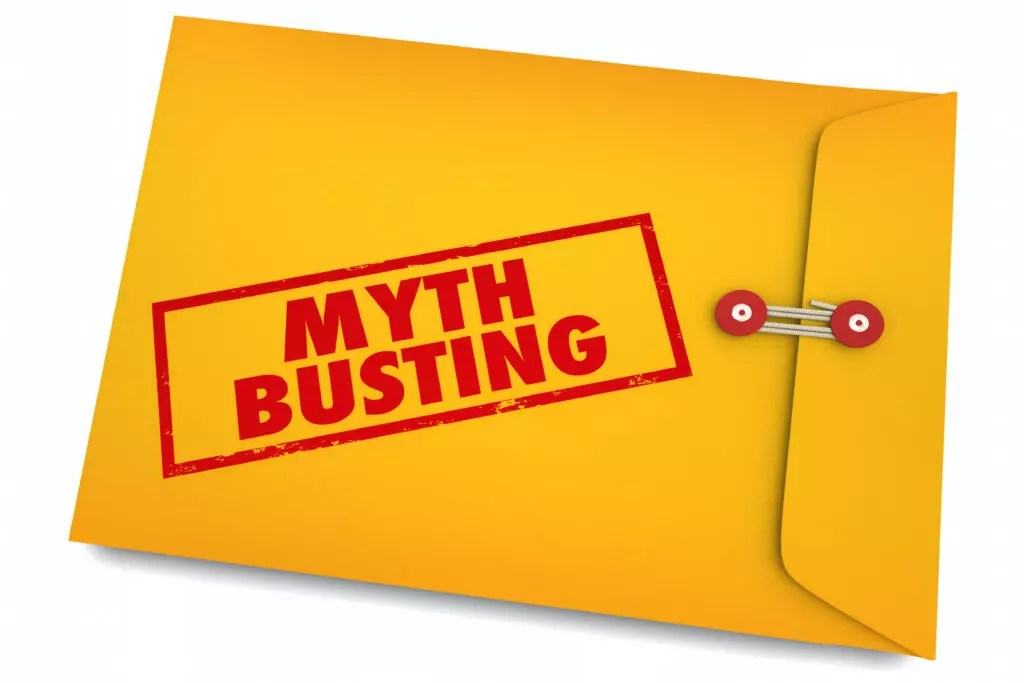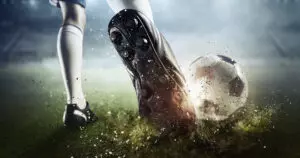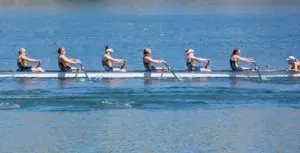From the recruiting process to the final game of their athletic career, along the way, college athletes will have to debunk the myths that might stigmatize them. We talked to DI, DII, and DIII student-athletes to try and get a feel on what they think are some myths about college athletes.
Myth #1: GPA is Secondary to the Sport
“They didn't get into the school because of their grades. They got in for athletics.” When a college coach is recruiting a prospective recruit, the necessary questions are asked. They have to include information on GPA, SAT, or ACT scores during the recruiting process just like the rest of the applicants. A good school will want you to be academically qualified as well as athletically. Athletes have to keep a certain GPA, or they can be relieved from their sport.
Fact: The NCAA Academic Rules For Athletes
NCAA D1
Student-Athletes must earn at least a 2.3 GPA in their core courses. Earn an SAT combined score or ACT sum score matching their core-course GPA this is all on the Division I sliding scale. This must balance your test score and core-course GPA. Keep in mind that If you have a low test score, you need a higher core-course GPA to be eligible.
40 percent of required coursework for a degree must be complete by the end of the second year, 60 percent by the end of the third year, and 80 percent by the end of their fourth year.
Student-athletes are allowed five years of eligibility and athletically-related financial aid.
All Division I student-athletes must earn at least six credit hours each term to be eligible for the following term and must meet minimum grade-point average requirements related to the school's GPA standards for graduation.
1 in 14 high school athletes play a varsity sport in college
NCAA D2
24 hours of degree credits must be completed each academic year to remain eligible. At least 18 of those hours must be earned between the start of fall classes and spring commencement, and up to six hours can be earned in the summer.
All Division II student-athletes must earn at least six credit hours each full-time term to be eligible for the following term.
Student-athletes must earn at least a 2.2 GPA in their core courses. Earn an SAT combined score or ACT sum score matching your core-course GPA on the Division II sliding scale, which balances your test score and core-course GPA. Keep in mind that If you have a low test score, you need a higher core-course GPA to be eligible.
Division II student-athletes must complete their four seasons of competition within the first 10 semesters or 15 quarters of full-time enrollment.
NCAA D3
While there are no minimum national standards for establishing or maintaining eligibility in Division III, student-athletes must be in great academic standing and make satisfactory progress toward a degree determined by the institution.
Division III student-athletes must be enrolled in at least 12 semester or quarter hours, regardless of an institution's own definition of “full time.”
1 in 50 high school athletes play at NCAA Division I schools
Myth #2: More Time on the Field
I have also heard people say, “College athletes spend less time in the classroom and more time on the field.”
When a recruit commits to a university and signs his or her letter of intent, they are making an oath to the university and the athletics program. Their commitment says they will be a representative of the university on both the field and in the classroom. For the most part, most college athletes dedicate as much time, if not more time, to studying and being present in the classroom. As a college athlete, one is expected to devote a lot of time to training, playing a sport, lifting, rehabilitation, and working hard to get the grades.
No matter what university or division a recruit chooses, stereotypes and stigmas will follow close behind you. It's important to recognize that being a college athlete is an extraordinary experience, shared only by a small percentage of athletes.
Fun Fact
Overall, a little over 7% of high school athletes (about 1 in 14) went on to play a varsity sport in college, and less than 2% of high school athletes (1 in 54) went on to play at NCAA Division I schools.
* Originally published on November 10, 2017, by Madison Kimball







